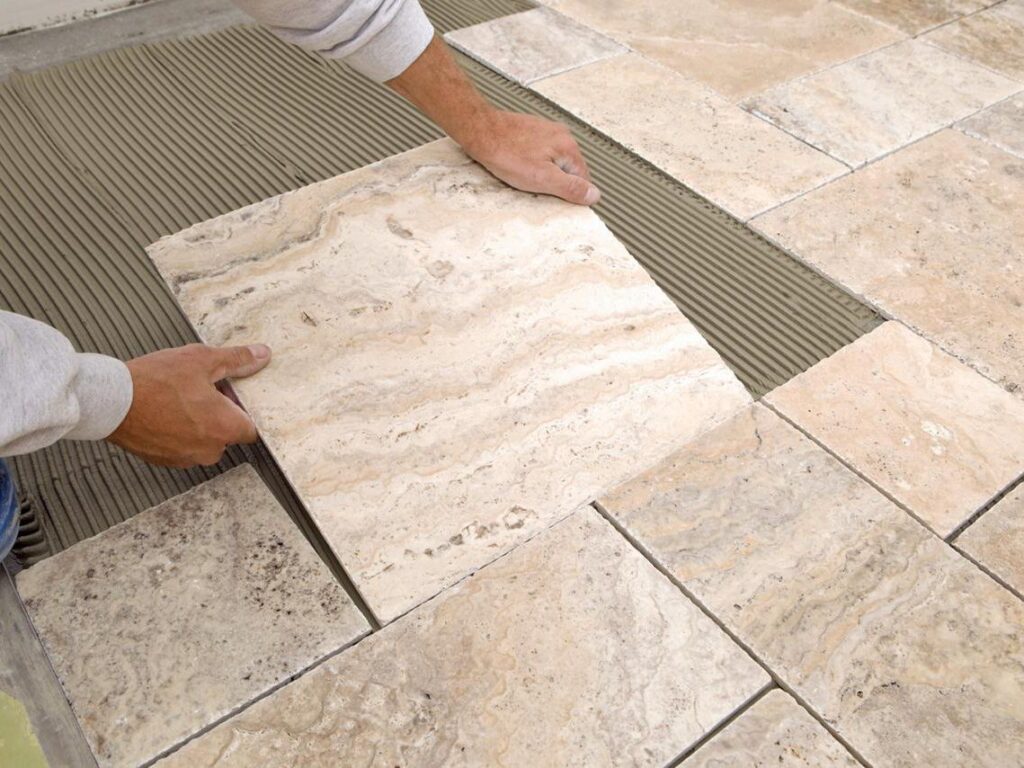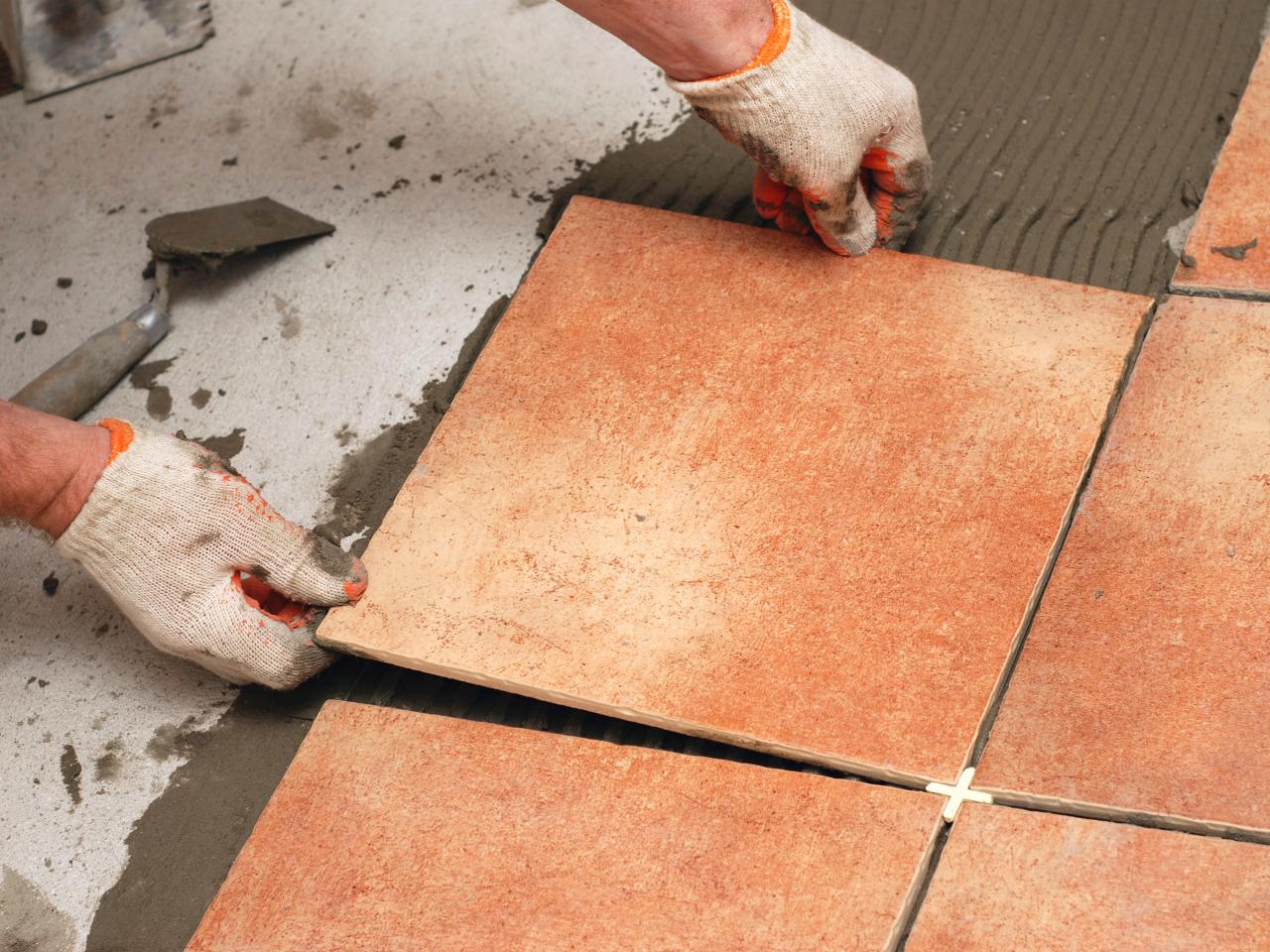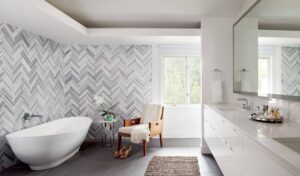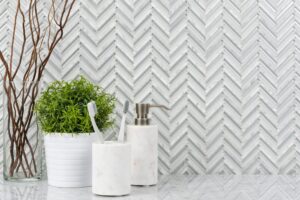Subway tiles have long been a favorite among designers, decorators, and homeowners alike. Their timeless aesthetic, simple lines, and versatility make them a go-to choice for a wide range of interior design projects. Whether you’re renovating a kitchen, updating a bathroom, or reimagining your living room, subway tiles can work wonders, adding both elegance and practicality to any space. So, what is it about subway tiles that make them the perfect fit for virtually any design vision? Let’s explore the enduring appeal of these iconic tiles and why they remain a design staple.
A Brief History of Subway Tiles
Subway tiles first made their debut in the early 1900s when they were used to decorate New York’s subway stations. The tiles’ small, rectangular shape and glossy finish were selected for both their practicality and clean look, making them ideal for the high-traffic, often grimy conditions of the underground world. Their simplicity and easy maintenance quickly made them a hit with the public, and the subway tile became a symbol of modernity and progress.
In the decades that followed, the clean aesthetic of subway tiles began to make its way into residential homes. Designers appreciated their versatility and timeless appeal, using them in kitchens, bathrooms, and other spaces that required a combination of beauty and functionality. Today, subway tiles are seen as a classic, offering both durability and an understated elegance that complements nearly every interior design style.
Modern Reinterpretations of Subway Tiles
While the classic white subway tile will always have a place in interior design, there have been countless modern reinterpretations that keep the material fresh, exciting, and relevant. Designers are pushing the boundaries of what subway tiles can do by experimenting with color, texture, and layout. Let’s take a look at some of the exciting ways subway tiles are being reimagined.
See more: Hornsby Air Conditioning Solutions for Homes and Businesses
- Bold Colors: One of the most significant departures from the traditional white subway tile is the use of bold, rich colors. While white tiles are still a favorite for their clean look, deep hues like navy blue, emerald green, charcoal gray, and even blush pink are making waves in kitchens and bathrooms. These colors add personality and warmth to spaces, giving subway tiles a more modern, vibrant look.
- Textured Finishes: Another modern take on subway tiles is the introduction of textured finishes. Whether it’s an embossed geometric pattern, a hand-painted design, or a matte finish, textured subway tiles add depth and tactile appeal. Textured finishes can also be used to introduce a more organic feel, particularly in rustic or bohemian-inspired spaces.
- Oversized Formats: While the standard subway tile is typically 3”x6”, oversized versions are becoming increasingly popular. Larger tiles provide a more contemporary look, with fewer grout lines and a sleek, minimalist vibe. In fact, oversized subway tiles are an excellent choice for modern kitchens and bathrooms, as they create a spacious, open feel without overwhelming the room.
- Metallic and Matte Finishes: Designers are also experimenting with finishes, from glossy metallic subway tiles that shine with a luxurious touch, to matte finishes that offer a more subdued and sophisticated vibe. Metallic tiles—whether gold, silver, or copper—can create a striking contrast against darker walls, while matte tiles bring a sleek, understated elegance to any space.
- Creative Grout Choices: Gone are the days of standard white grout. Today, grout has become a design element in its own right. Bold, contrasting grout colors—such as black, navy, or even bright colors like teal and mustard—can create a unique visual statement. Alternatively, using grout that matches the tile color can create a seamless, almost invisible look.
Subway Tiles in Kitchens, Bathrooms, and More
Subway tiles are an incredibly versatile choice that can be used in a variety of spaces throughout your home. From kitchens to bathrooms, their clean lines and practicality allow them to fit effortlessly into any room, elevating the overall aesthetic. Here are some ways to use subway tiles in different living areas:
Kitchens
Subway tiles have been a kitchen staple for decades, often used as backsplashes. Their sleek, symmetrical lines provide a clean backdrop that complements a variety of cabinet colors, countertops, and appliances. But there’s more to subway tiles than just the backsplash. You can use subway tiles for an entire kitchen wall, as an accent behind open shelving, or even as flooring in the kitchen. Bold-colored or oversized subway tiles can create an updated, modern feel while still providing that classic, timeless appeal.

Bathrooms
In the bathroom, subway tiles bring an elegant yet practical touch. They can be used in showers, as wall accents around bathtubs, or as feature walls. White subway tiles are a popular choice for creating a bright, airy, spa-like atmosphere. However, modern interpretations, such as vertical stacking or matte finishes, can give the room a more contemporary feel. Darker-colored subway tiles, paired with contrasting grout, can make the bathroom feel more luxurious and dramatic.
Living Spaces
While subway tiles are typically associated with kitchens and bathrooms, they can also be incorporated into living areas for a unique, contemporary touch. Subway tiles can be used to create feature walls, accent fireplaces, or add texture to a hallway. Using a variety of layouts—like chevron or herringbone—can add extra depth and style to these spaces, turning simple tiles into a stunning design element.
Traditional vs. Innovative Layouts
The layout of subway tiles can significantly alter the visual impact of the space. Traditionally, subway tiles are arranged in a simple horizontal stacking pattern, which offers a timeless and clean aesthetic. However, today’s designers are exploring more innovative ways to arrange subway tiles to add a unique flair.
- Vertical Stacking: Vertical stacking gives subway tiles a fresh, modern look. The vertical arrangement elongates a space, making it feel taller and more expansive. This layout is particularly effective in narrow or small rooms, such as powder rooms or tiny kitchen spaces.
- Chevron and Herringbone: For a more dynamic, eye-catching look, chevron and herringbone patterns have become incredibly popular. These V-shaped arrangements create visual interest and are perfect for making a bold statement in high-traffic areas like kitchens or bathrooms.
- Mixed Layouts: Mixing layouts—such as combining vertical and horizontal stacking or pairing a traditional pattern with chevron tiles—can create an eclectic, sophisticated atmosphere. This approach is especially effective when experimenting with contrasting grout or bold-colored tiles.
Conclusion: Subway Tiles for Every Style
Subway tiles have earned their place as a design classic, beloved for their versatility, timeless appeal, and endless potential for creativity. From their humble beginnings in the New York subway system to their place in modern home design, subway tiles have proven their staying power. Today, designers are embracing bold colors, unique textures, and innovative layouts to bring fresh energy to this iconic tile.
So, if you’re considering a home renovation or update, don’t overlook the potential of subway tiles. Whether you stick to the classic white or experiment with modern twists, subway tiles offer endless opportunities to personalize and elevate your space. Embrace their timeless charm, and let these iconic tiles bring a sense of sophistication and style to your home.




